It doesn’t matter what your situation is — whether you work in an office, from home, whether you travel a lot, or whether you’re a hermit — knowing who’s standing at your door when you are or aren’t at home is a pretty handy superpower. With the Ring Video Doorbell, we can all have that ability!
Think about it, you could know exactly who’s standing at your door — day or night, even if they don’t ring the doorbell — and you would get notified in real-time on your mobile device. This is pretty handy if you are expecting delivery men or a friend or if you are trying to avoid pesky solicitors and nosy neighbors.
The Ring Video Doorbell works with Android and iOS devices; it is a complete stand-alone system that relies upon your home WiFi network to transmit video when motion is sensed (or the doorbell is rung) to your mobile device. Ring can either be installed as a wired solution (read more about that option here), but it also has a rechargeable internal battery that will allow it to work without power wires; you get a notification on your phone when the battery gets low, so you’ll have time to charge it up again.
Included in the box are the Ring doorbell, a mounting plate, a level, a drill bit, a multi-head screwdriver (that might still be handy after the installation is complete), five screws and plastic mounting jackets, a microUSB charging cable, and a diode.
The Ring comes in several finishes to match your home’s hardware, including satin nickel, antique brass, polished brass, and Venetian Bronze. This is the satin nickel …
As you can see, there is a bit more to the Ring than the typical little white lighted button or bar we are used to seeing on most front porches. The front of the Ring has a motion detector, an HD camera, a microphone, an LED ring that indicates the doorbell’s various functions, and two configurable speakers.
Installing the Ring is a job just about anyone can do: My door frame is wood, so I followed the installation directions, which are basically to screw one screw into the wood, then attach the level and add the next three screws. Pretty simple stuff, but I did manage to strip one screw (our wood is extra strong, I guess). After the four screws are in place, you remove the level.
The Ring doorbell has two small screws on its bottom that look like someone forgot to completely install; they are open for a reason — once you attach the Ring to the mounting bracket, you use the smaller head of the included screwdriver to tighten the bottom screws; this effectively locks the Ring doorbell into place.
The good news is that if someone realizes that the Ring is a video doorbell — and they are a big enough jerk to steal your doorbell — you’ll not only have video of them doing the deed, Ring will also replace your doorbell when you show them a copy of your filed police report. That’s a pretty awesome guarantee, considering you’ll also have a video to show the police of the perp!
From the Ring app on your iOS or Android device, it is now time to pair the doorbell to your secure wireless network. By the way, you must have a wireless network that reaches your front door in order for the whole system to function properly.
If your network doesn’t reach that far, then you’ll need to look at getting an extender.
If your network isn’t secure, then shame on you — you’ve got bigger problems than whether or not your wireless doorbell will transmit to your phone. 😉
This is where I ran into my first snag. I am running iOS 9.0.2 on my iPhone 6 Plus, and for some reason, I kept getting errors during the wireless setup. I had no issues connecting with my Huawei Mate S, though; it’s running Android 5.1.1. I asked Ring’s customer service if that was usual, and I was told that they usually have to walk more people through the Android setup. Go figure.
You can set the doorbell to go off only when someone rings it, or you can set it to pick up motion from right in front of the doorbell to 30 feet away. Obviously, if you live on a busy street, you aren’t going to want a video of every car that passes by, buuuuuut if you live in a house with a large front yard, it might be nice to see which neighbor’s dog is pooping on your lawn or who pulled up into your driveway and left the anonymous love letter for your daughter.
Any movement within the range you set will trigger an alert on the Ring app, and it will work during day or night.
Over 1 million burglaries occur just in the United States each year during daytime hours, when homes are usually unoccupied. Being home is often enough to deter a potential burglar. Whereas traditional security systems activate once a break-in has occurred, the Ring™ Video Doorbell is designed to help you prevent a break-in from taking place at all. Answer the door from anywhere. With Ring, you’re always home.
When your Ring is activated — either by someone ringing the doorbell or activating the motion sensor — as I’ve mentioned, a little video of what is going on is recorded, and you receive a pop-up on your phone. But let’s say you are inside your house, and you don’t want to have to rely on your phone to alert you to a visitor; you can add an indoor chime called … wait for it … Chime.
Chime is a plug-in extension of your Ring Doorbell, and its purpose is to let you know when you have a visitor, even if your phone isn’t handy (or if someone is in your house and your phone is with you). Setting up Chime is similar to setting up the Ring; you do it through the app, and it works with the WiFi connection in your home.
I love that with the Ring Video Doorbell, I can enjoy a video of every little thing that goes on in front of my house. In all honesty, I’ll likely buy Ring doorbells for my side and back doors, too. This is the most effective way I’ve ever seen to keep tabs on exactly what’s going on outside my home! You might wonder what I would do if someone made it inside? Well, let’s just say that that’s where the Dropcam Pro kicks in; potential burglars, you’ve been warned! I wonder if insurance will give me any kind of discount for all of these ounces of prevention? 😉
If you want to know what is going on outside your door, whether the bell is rung or not, the Ring Video Doorbell is an absolutely fantastic and easy to install method for seeing who’s there and keeping tabs. It’s only $3/month or $30/year to get cloud storage of your doorbell videos, and that’s not a bad deal at all!
The Ring Video Doorbell retails for $199, and the Chime is $29.99; both are available directly from the manufacturer.
Source: Manufacturer supplied review sample
What I Like: Notifications when someone is at your door, even if you are in another country; Video of people at your door who ring the bell or who set off the motion sensor; The ability to adjust the range, which affects the motion sensor; You can access videos from your laptop or phone
What Needs Improvement: If your WiFi goes out for any reason, your Ring won’t work; You may run into some issues with the installation depending upon which OS you are using, but customer service can help

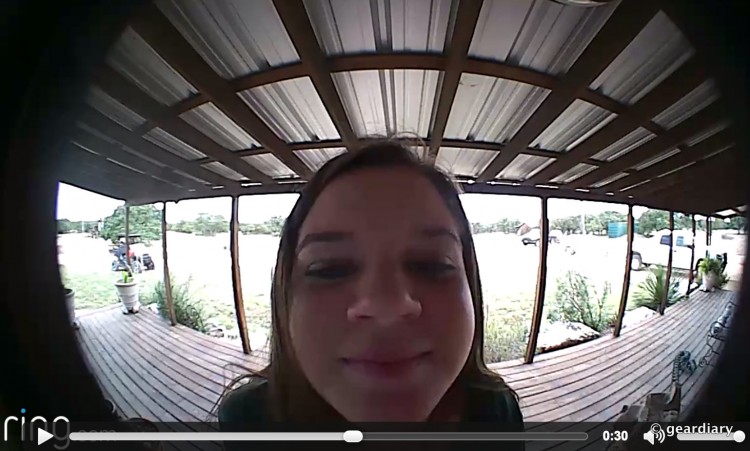


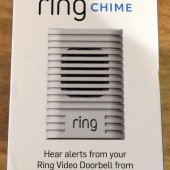



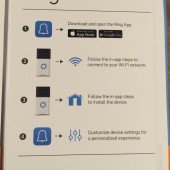

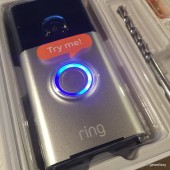
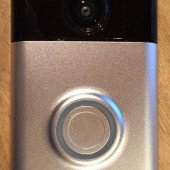




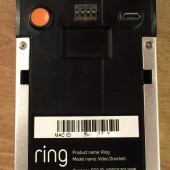
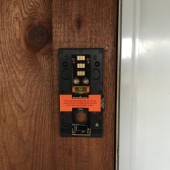


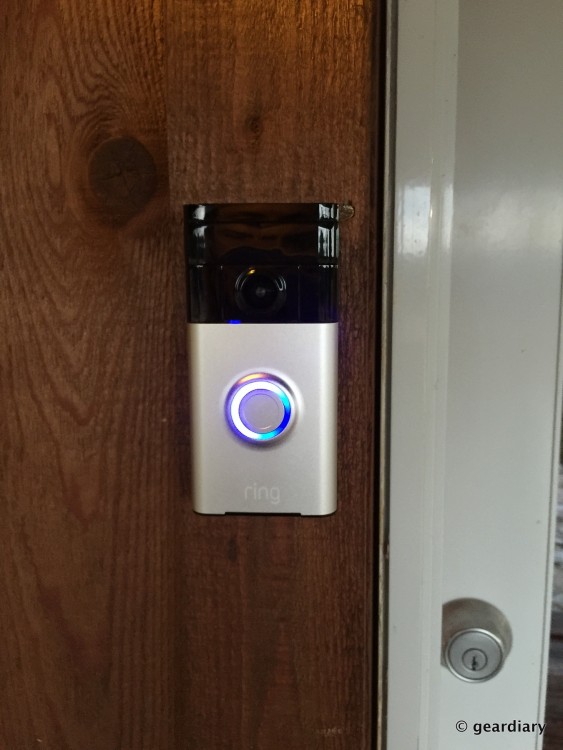

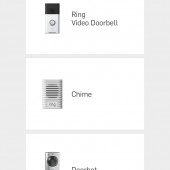





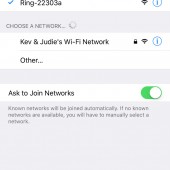




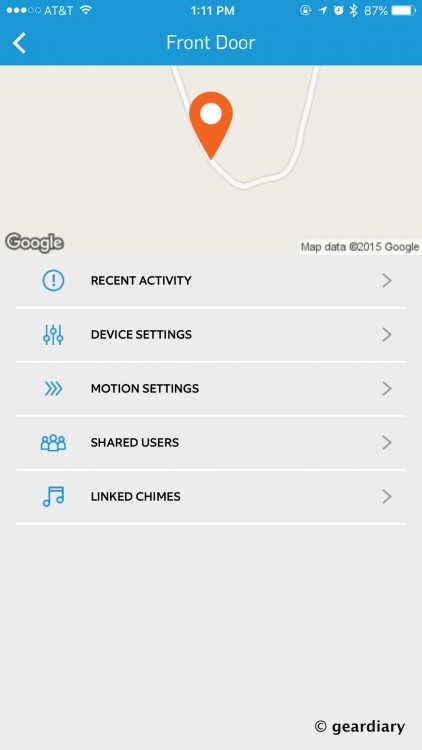
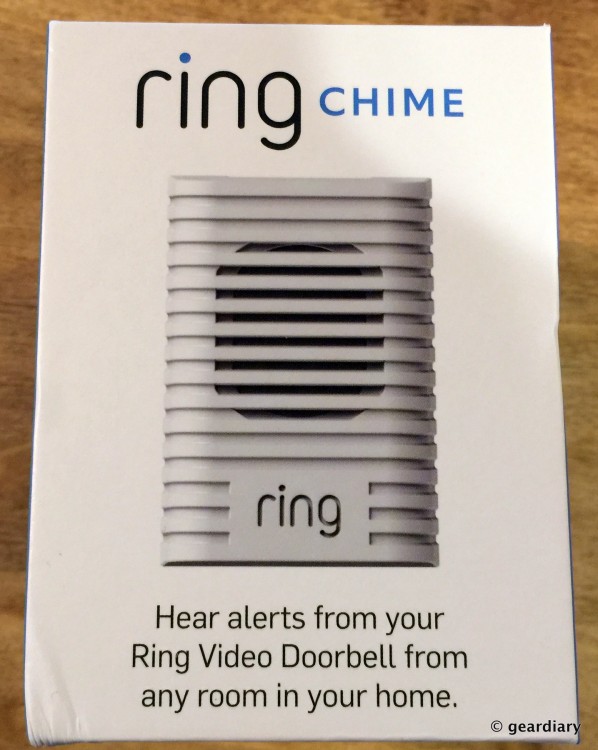
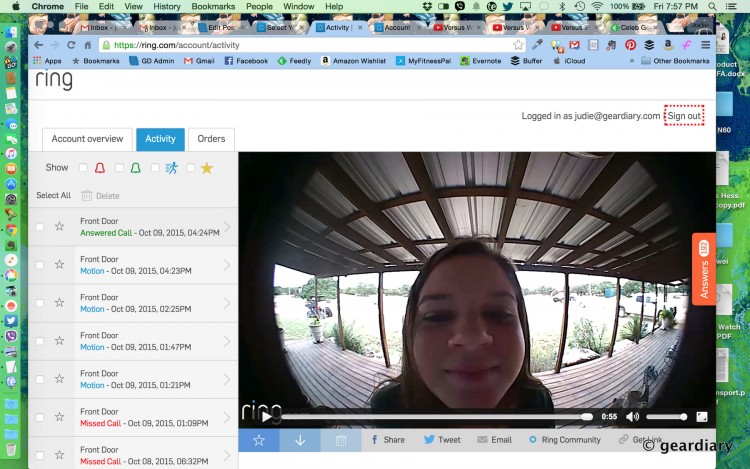
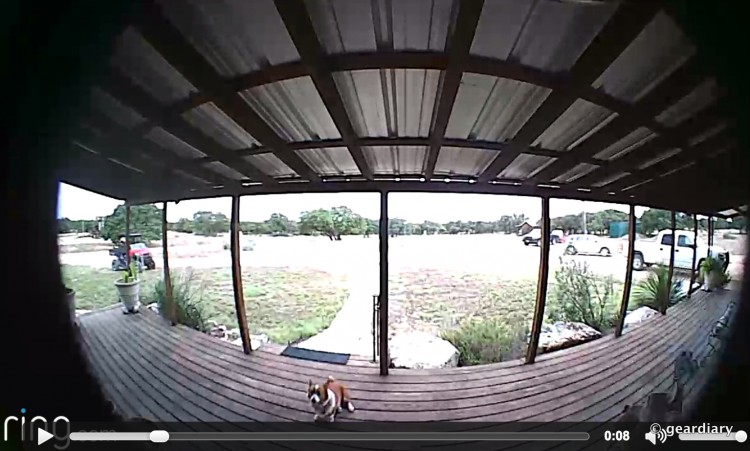
We got this for my mom a few weeks back and it was easy to install and I’ve had no problem getting it to work on iOS devices. The motion detection works very well but there is enough lag in the notification process to be annoying, but a little more challenging is the fact that things in the distance wash out under certain lighting conditions and I haven’t found settings to adjust the exposure/contrast yet. But overall, it has been a great gadget.
Chris, you are right that distance shots will wash out under certain light; I’ve noticed that at various times of the day (our front door faces west, so when the sun rises it’s a whitewash in the driveway) — BUT, the fact that we have a long overhang on our porch means that anyone standing there is perfectly recorded. Does your mom’s porch have much of an overhang? It would be nice if there was a contrast/exposure adjustment. I’ve noticed a little bit of a lag, too, but it hasn’t been bad obnoxious enough to really bother me. I really love mine. =)